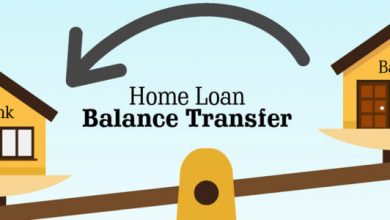What is portfolio backtesting and how to perform it?

While creating a portfolio adding different investment options like deposit, mutual funds, stocks etc, you must be taking your investment decisions based on different factors. These factors or techniques need to prove their worth through the test of time.
Backtesting meaning
Backtesting means assessing the viability and efficiency of your current trading strategy by seeing how it will work out using historical data. It means taking a holistic view of the different variables of your strategies on a comparable historical data set. The method of backtesting your strategies and techniques on historical data and patterns is helpful to evaluate the soundness of your portfolio.
What is backtesting in trading?
Trading or building a portfolio is done based on certain strategies and techniques that define your trade plan in the stock market. With backtesting, you can assess the risk and profitability of your strategy before you invest your capital.
Backtesting helps you understand various variables that you should employ in your trades, like tenure of a trade, fitting profit targets, and exit points in case of losses. The strategies devised may be excellent, but it requires fine-tuning; the same tweaks can be identified via backtesting.
How to approach backtesting?
Sample data: The basic requirement of backtesting your portfolio is identifying and obtaining relevant data that can mirror the current portfolio and market scenario. The efficacy of backtesting is highly dependent on the accuracy of data.
Platform: After choosing a sample data to test your strategy, the next step is to identify a platform where you easily test the data against your strategy. You must have comfort in your own way of doing things, so choose a platform accordingly. A code-based platform if you have prowess in languages or a mathematically customisable platform if your expertise lies there.
Defining the strategy: When you have built a portfolio or trading technique, you have an idea of how you are strategising your trade activity. However, when it comes to backtesting, there are different software available in the market that aid backtesting. You will have to formulate your strategies in the mathematical or code-able logic that can be input into your backtesting software.
Time frame: Every strategy or plan has a set of time frames to play out; accordingly, you should choose a particular time frame to test your logic.
Interpretable result: When you have been able to run your logic well using the factors above, you will get a result of the viability of the strategy. The result derived from this backtesting strategy should be in a format that either you can interpret yourself or through some financial expert.
From a retail trader or investor’s perspective, one of the commonly available and user-friendly platforms is trading view backtesting. Here you can access data and choose a time frame of your choice, and the analysis functionality that you get with trading view backtesting is as good as CQG Integrated Client of the international markets.
Conclusion
This backtesting exercise will help you formulate a proper trading plan, thus allowing you to build your portfolio with confidence during the thick and thins of movements in stock market. Trading is all about observation and confidence. When you have observed your ideas well, you have the parameters for your strategy, good or bad, through backtesting. You just have to be confident and let it play out.






